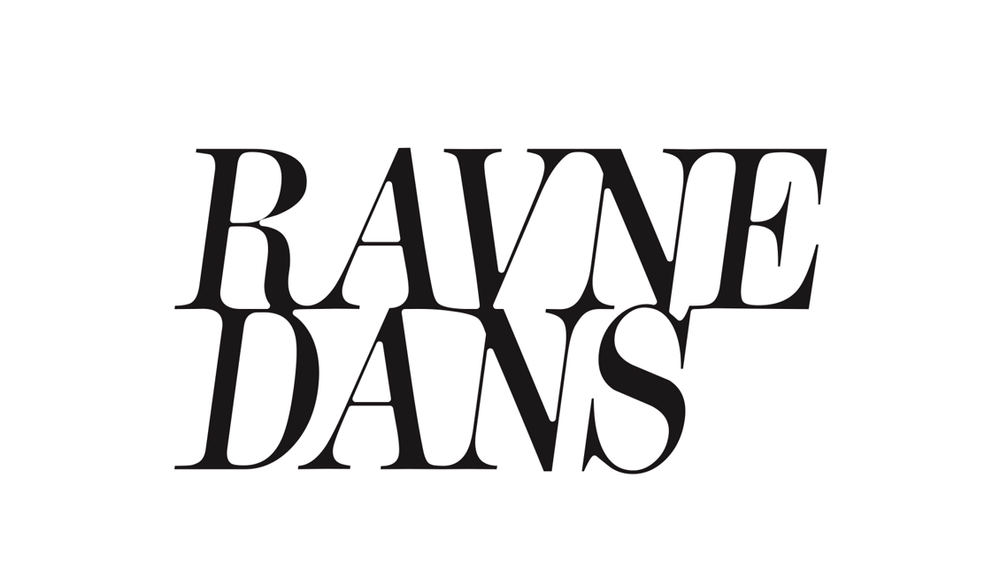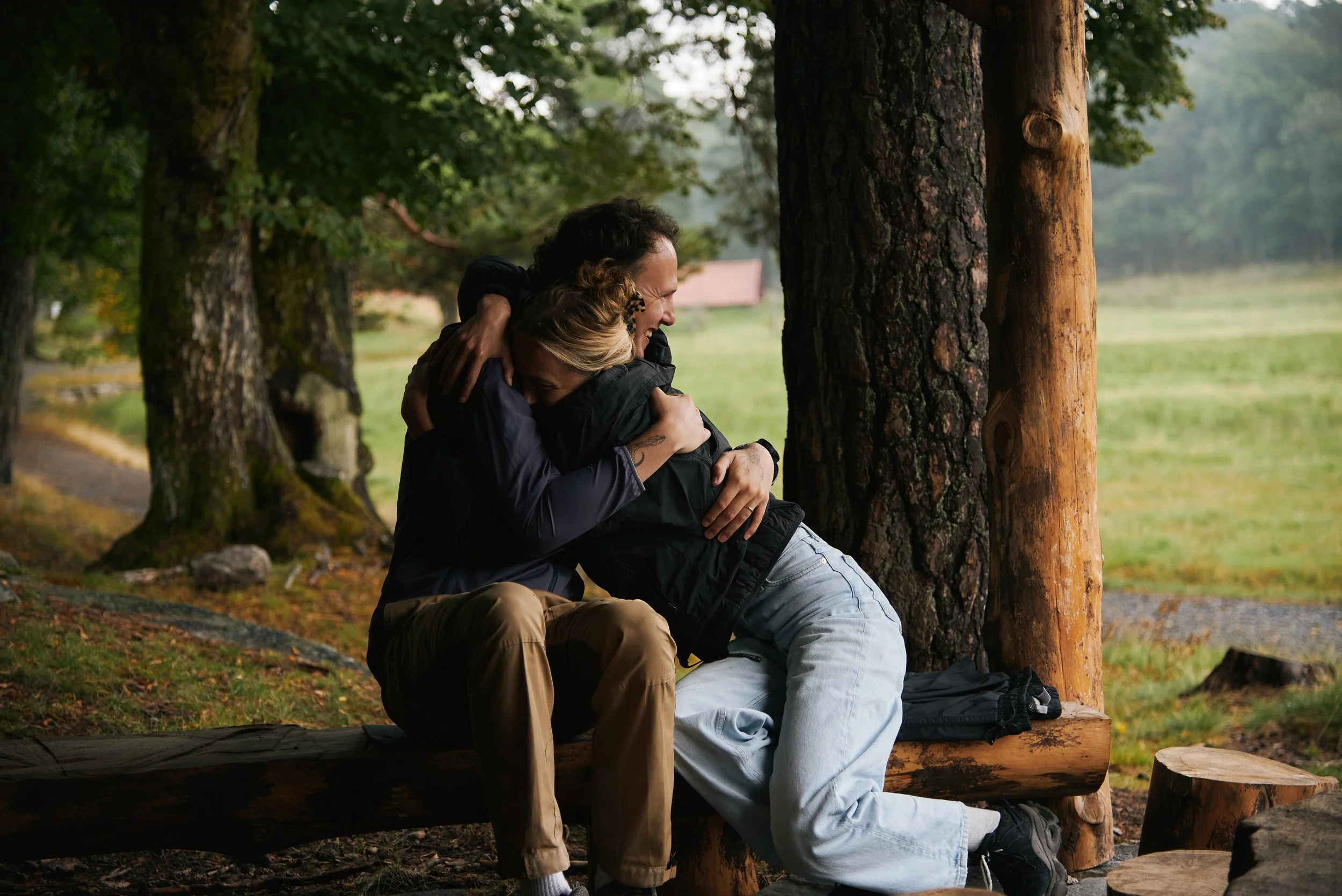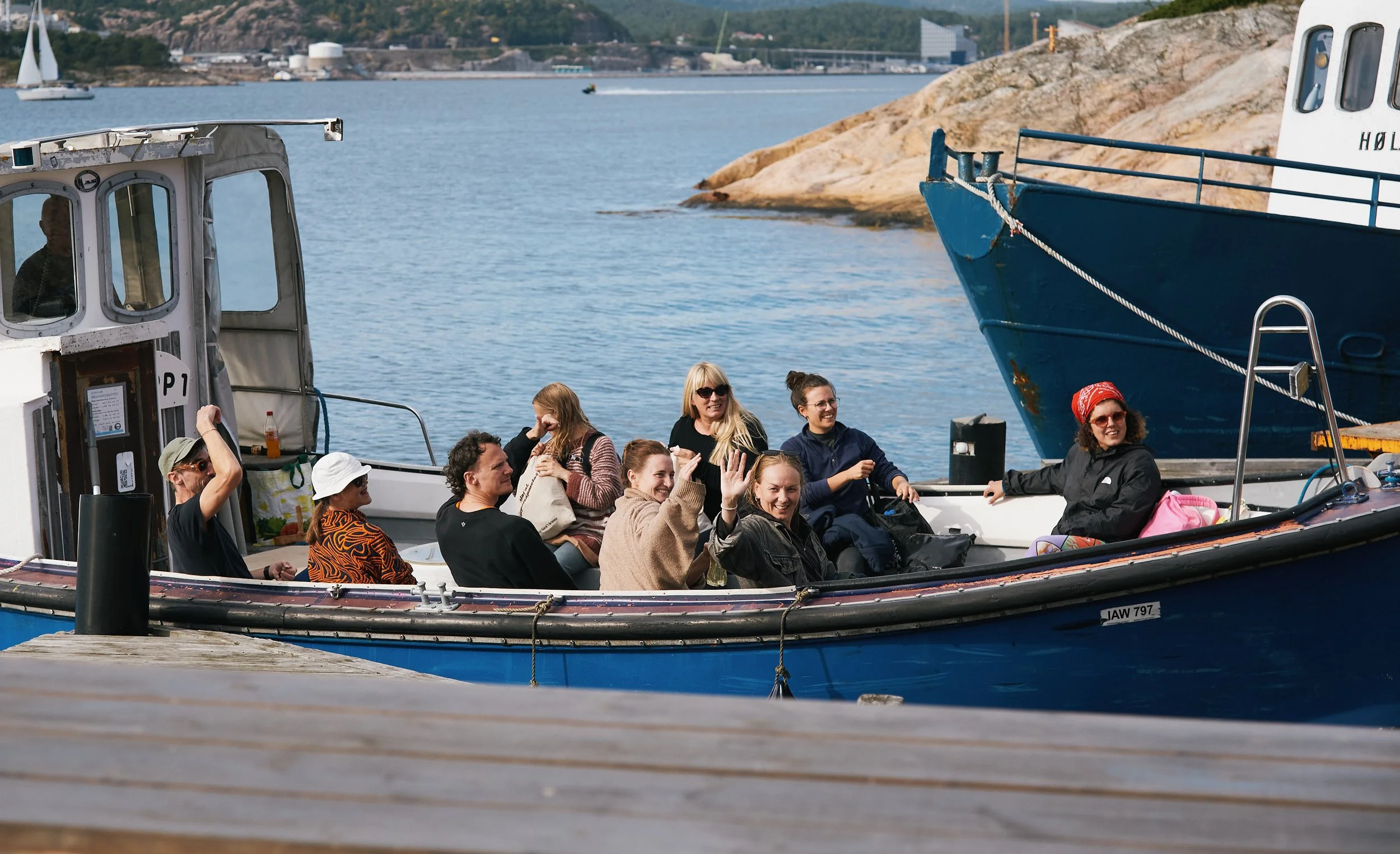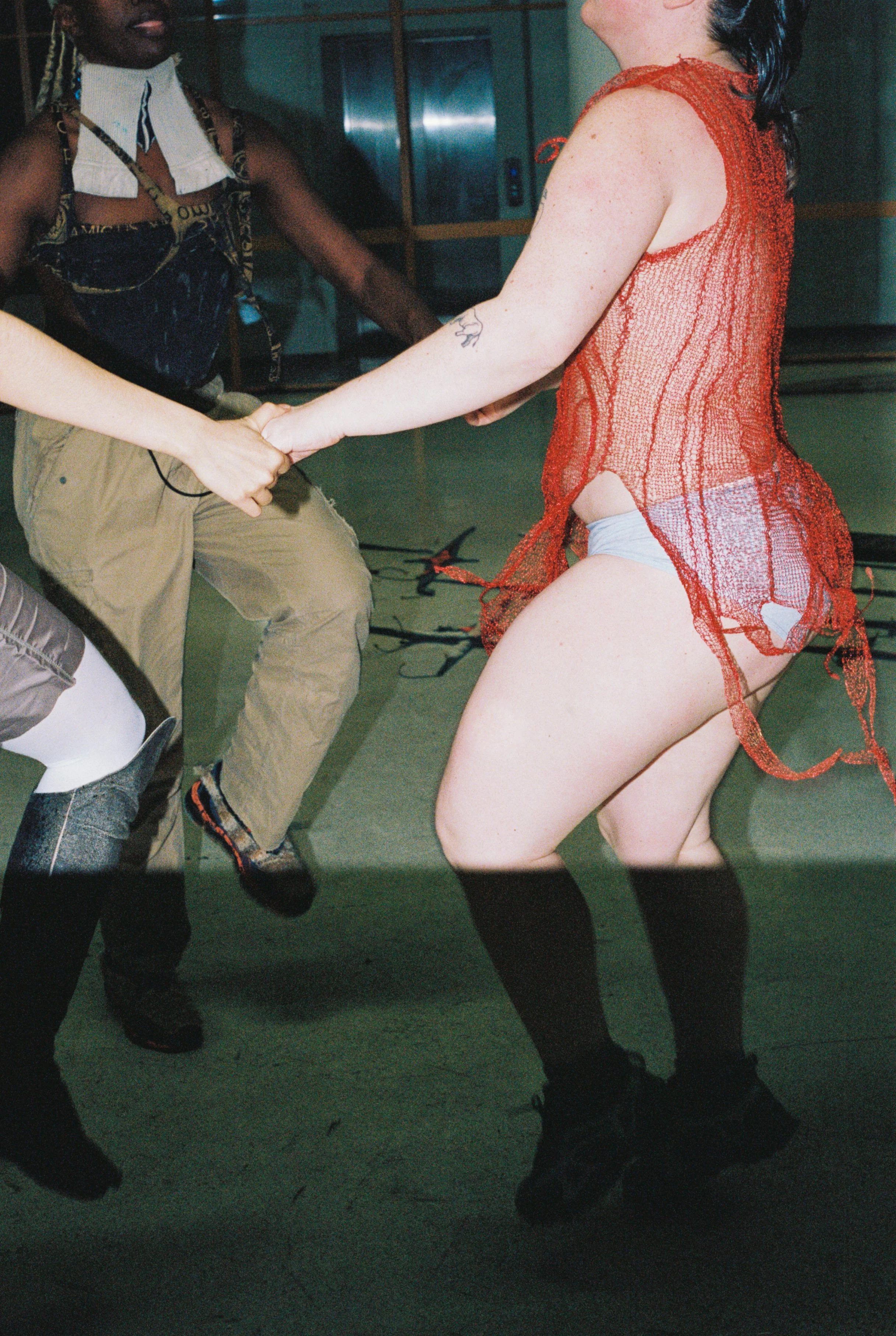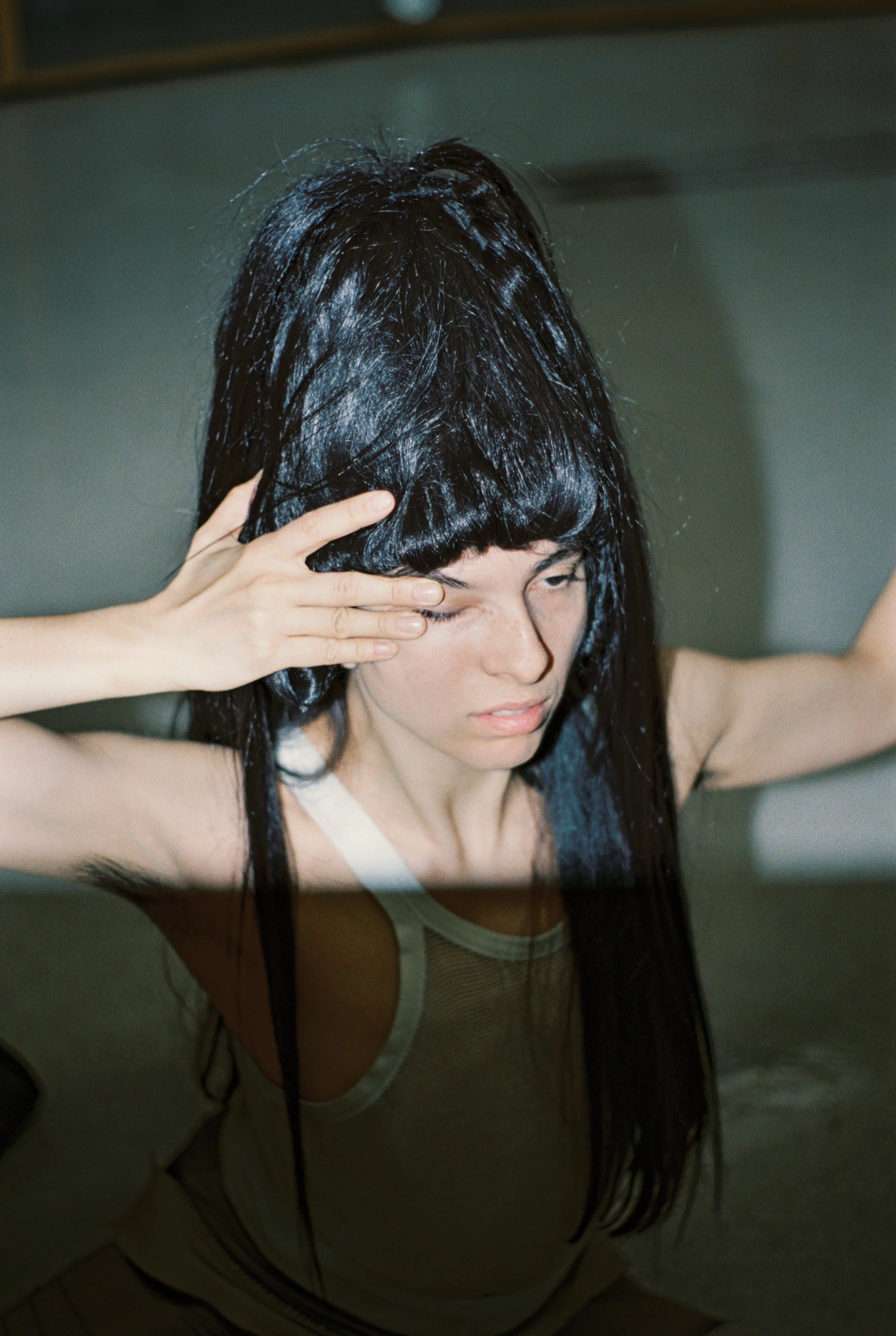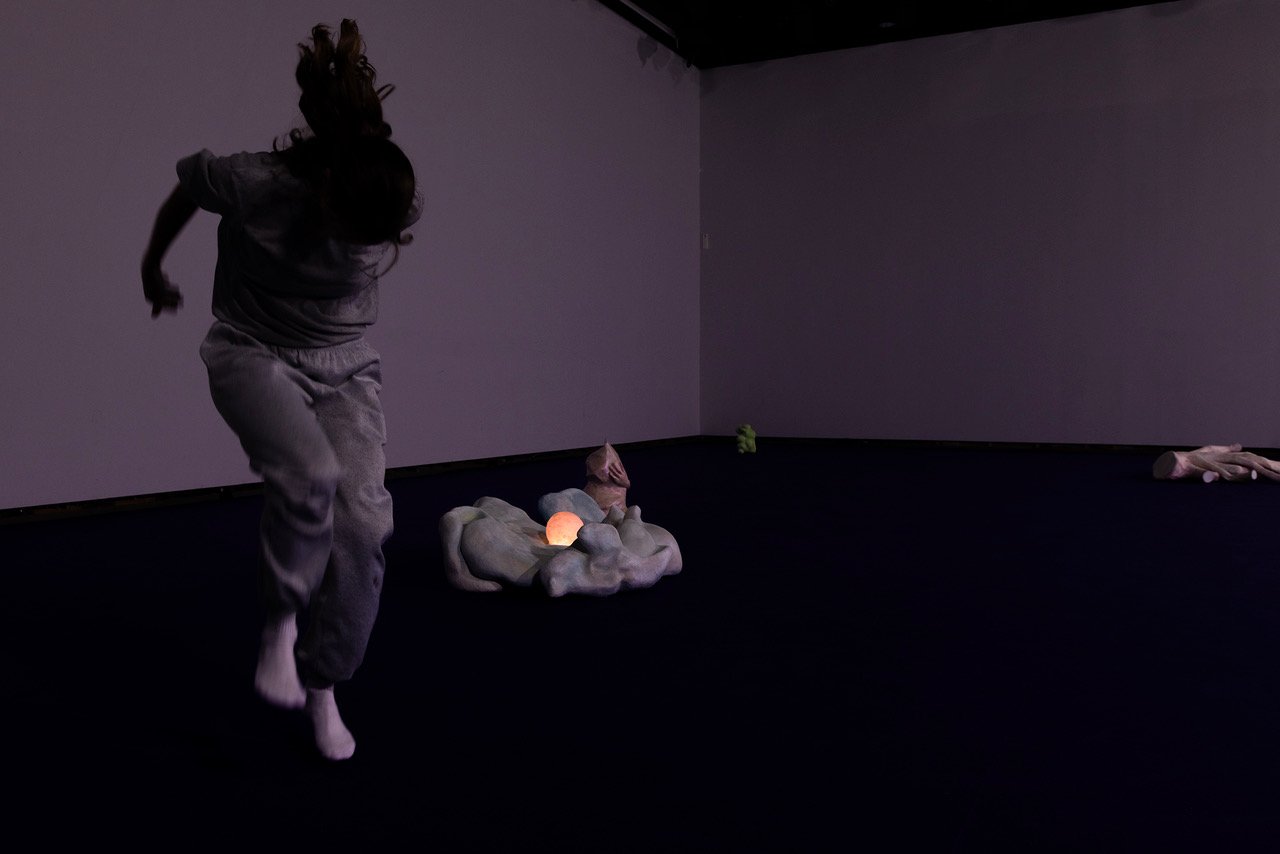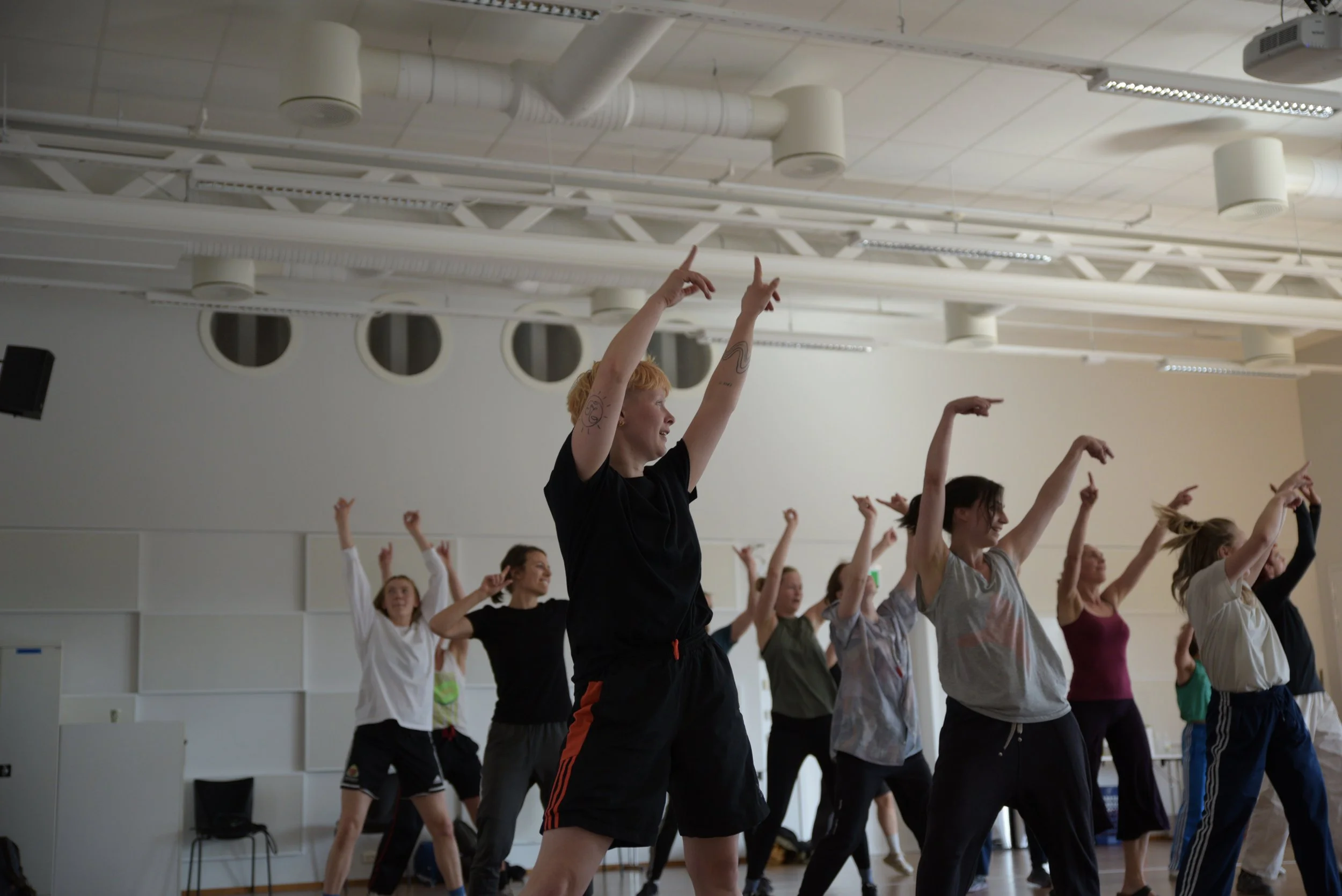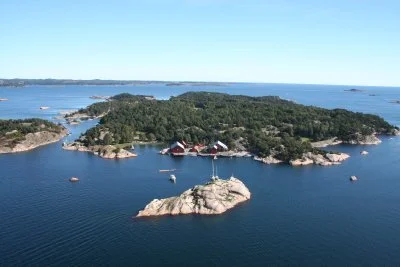Ravnedans 2026 will take place from June 16 to 20. Save the dates! You don’t want to miss the comeback!
Ravnedans Retreat - picture by Hanna Kushnirenko.
After fifteen years of festivals, we desperately needed time and space to reflect, rethink, and reorganize. To make room for this important work, we felt compelled to take a break from the yearly festival and instead arrange a smaller meeting point, aptly named Ravnedans Retreat. Now we are eager to share our future plans with you and to organize the festival again next summer.
Future Ravnedans
In the coming years, we plan to hold a full-scale festival, similar to previous editions, every other year (2026, 2028, and as long as the wind is in our sails). This means that we are adopting a kind of biennial model for our festival operations. We believe this will allow us to work more thoroughly with both partners and artists, and that it will give us a more sustainable working rhythm. Our goal is for this to create a stronger foundation for a long and healthy life, both for the festival and for us, the artists who run it.
In the years between (2027, 2029, and so on), we will continue to arrange alternative meeting points to share dance, art, and experiences. These gatherings will likely take place in late summer or early autumn. The Ravnedans Retreat that took place in August was our first in-between edition. For this first version, we responded to our own and everyone’s need for reflection and unity, and created a program that offered space for deep and slow artistic experiences in nature. This experiment with a different version of Ravnedans revealed new potential for the future.
In the gentle atmosphere at Bragdøya, we as facilitators discovered that we can create and host entirely different artistic formats, new types of artistry, and a distinct kind of audience participation compared to the more hectic festival format. For future editions during these in-between years, we will remain attentive and flexible, allowing intuition and freedom to guide us as we imagine and plan each gathering. Sometimes we might offer a space to rest, at other times a space to explore or take bold artistic risks. We believe that these in-between editions can take the form of a retreat or an artistic laboratory. They might emerge as a howling choir or a slow rebellion, something shape-shifting with unknown potential.
Raven Family
We continue to work as a collective; thinking together and co-curating. Organizationally, we have taken a step back and returned to the structure from our early years, where we ourselves curated and ran the festival together, this time as a group of four. Each year, we assemble a “four-leaf clover” of internal producers who curate, plan, and organize the festival.
For the 2026 edition, Jean-Baptiste, Michelle, Sunniva, and Irene are carrying this work forward, with the full support of the rest of the board. We will alternate who among us leads the festival and the in-between editions, and we are deeply grateful to have found a shared vision for the future of Ravnedans, one that allows us to remain strong and united in the collective format we love.
Ravnedans Retreat - picture by Hanna Kushnirenko.
Ravnedans Retreat - picture by Hanna Kushnirenko.
We want to thank our financial supporters, local partners, and artists for their understanding and for making it possible for us to take the break we needed.
It truly is possible to take a break.
We hope you are as excited as we are about the comeback, and that we will meet again to dance, sing, scream, swim, and eat together in Kristiansand from June 16 to 20, 2026. Write it in your calendar!
